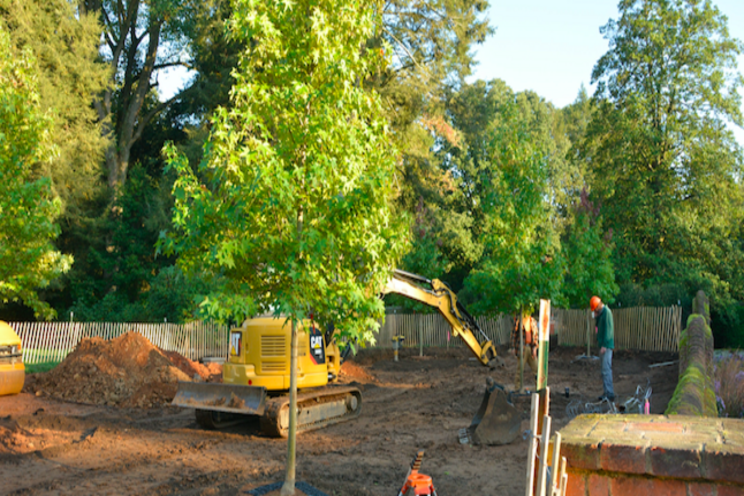Sustainable greenhouse and plant production spaces
Added on 01 September 2021

Bancroft Construction, Wilmington, will oversee the project to build one of the first greenhouses of its kind, running primarily on renewable energy.
"Designing a year-round production greenhouse that is net-zero energy, meaning it creates as much energy as it uses over the course of a year, is quite a challenge, but our team is up to the task," says James Rockwell, greenhouse and nursery production manager. "Picture a huge glass box that you want to keep cool in the summer and warm in the winter, and you can easily imagine why this is difficult. We will use green energy sources, such as on-site solar power and geothermal heating and cooling, to reach our goal of net-zero energy."
Technology and automation will drive the new 7,700 square foot greenhouse and 7,600 square foot head house support building, making each portion slightly smaller than a baseball infield. The greenhouse will feature a passively cooled, open roof design to provide light and climate for the native plants grown there to reduce energy consumption. There will be five different temperature zones, including 1,200 square feet of propagation space.
"The design team at Re:Vision Architecture in Philadelphia was extremely thoughtful and intentional when developing the concept for our new greenhouse," Rockwell said. "Functionality and sustainability are the core themes of this project, and the design team wove those into every decision."
These new buildings are the first major construction projects that Mt. Cuba Center has undertaken in several years. The focus on renewable energy and reduced carbon footprint can serve as a model for future construction on the property.
"Innovating and implementing sustainable facilities are directly related to Mt. Cuba's mission," said Jeff Downing, Mt. Cuba's executive director. "Climate change is possibly the single greatest threat to biodiversity and native species."
Source: Delaware Business Now
Photo Courtesy of Mt. Cuba Center
Source: Delaware Business Now
More news















